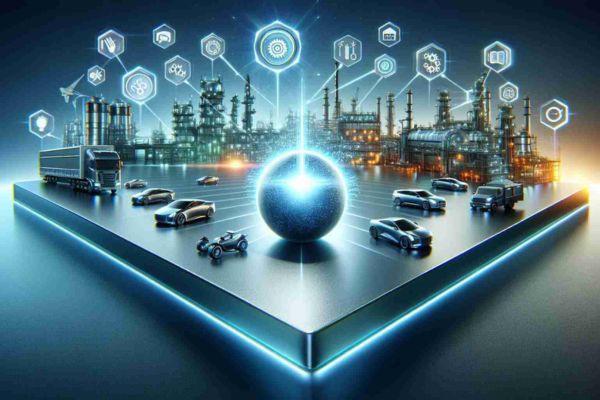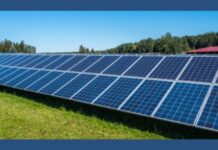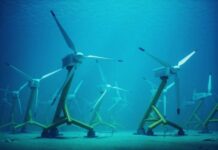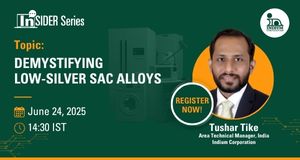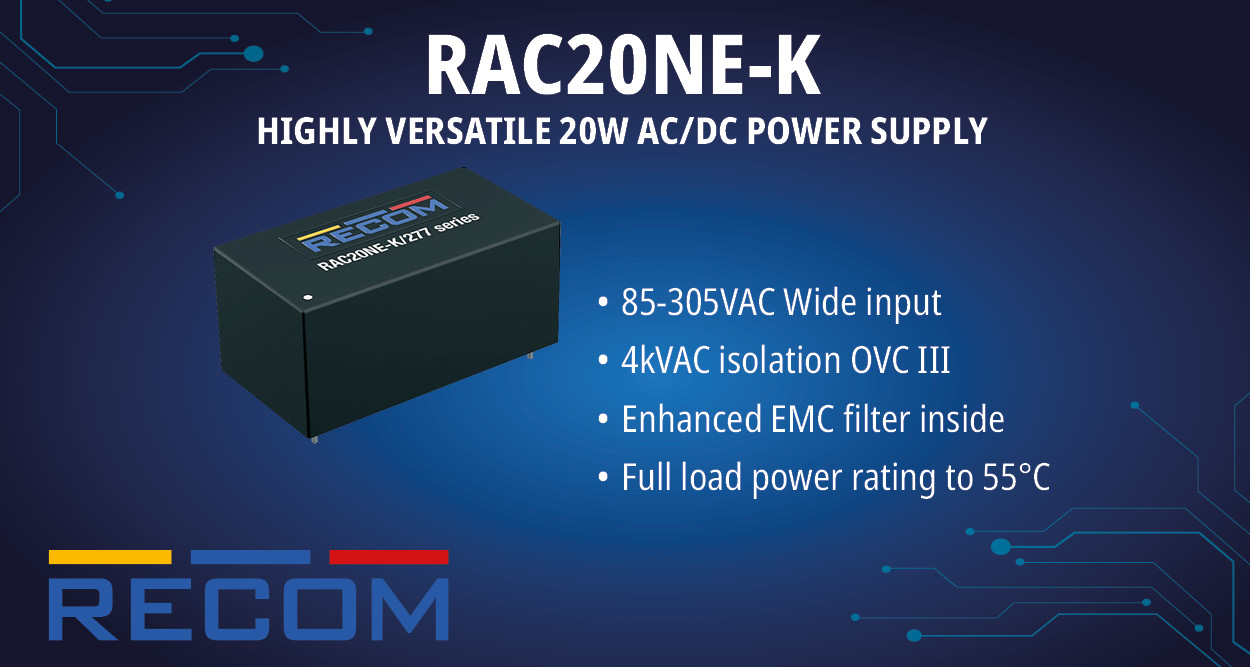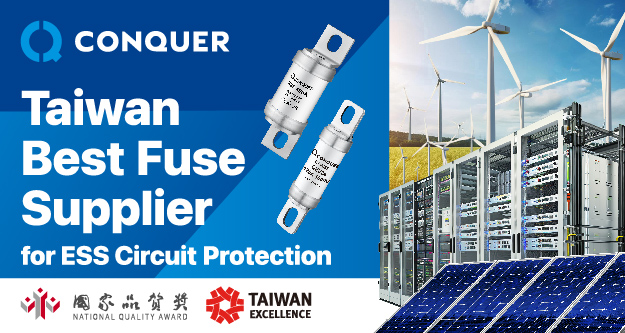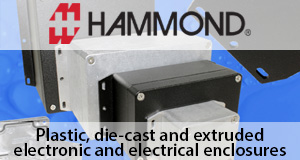Diamond-Like Carbon (DLC) coatings have emerged as a transformative solution in modern manufacturing, offering superior wear resistance, reduced friction, and enhanced durability across a wide range of industrial applications. Characterized by their unique combination of diamond-like hardness and graphite-like lubricity, DLC coatings are enabling significant advancements in sectors such as automotive, aerospace, medical devices, and precision engineering. Consegic Business Intelligence analyses that the Diamond-Like Carbon (DLC) Market size is growing with a CAGR of 6.5% during the forecast period (2025-2032), and the market is projected to be valued at USD 3,732.58 Million by 2032 from USD 2,271.38 Million in 2024. Additionally, the market value for 2025 is attributed to USD 2,409.84 Million.
Advanced Deposition Techniques for DLC Coatings
The application of DLC coatings relies on advanced deposition techniques to achieve optimal performance characteristics. The most used methods include Plasma-Enhanced Chemical Vapor Deposition (PECVD), Physical Vapor Deposition (PVD), and Sputtering. PECVD is widely favored due to its ability to produce hydrogenated amorphous carbon (a-C:H) films with tailored mechanical properties. Additionally, high-power impulse magnetron sputtering (HiPIMS) and pulsed laser deposition (PLD) techniques are being explored to improve adhesion strength and film uniformity on complex geometries.
Innovations in multi-layered DLC coatings have also expanded their application potential. By incorporating nanocomposite structures, manufacturers can fine-tune properties such as hardness, toughness, and coefficient of friction. This has proven especially beneficial in high-performance automotive engine components, where reducing wear and friction can lead to increased efficiency and longevity.
Mechanical and Tribological Advantages of DLC Coatings
One of the defining attributes of DLC coatings is their exceptional tribological performance. The ultra-low friction coefficient (as low as 0.05 in dry environments) significantly reduces energy losses in mechanical systems. This is particularly advantageous in the aerospace industry, where weight reduction and efficiency improvements are paramount.
DLC coatings also provide outstanding hardness, often exceeding 2,500 Vickers Hardness (HV), making them highly resistant to abrasive wear and deformation. These properties extend the lifespan of cutting tools, molds, and bearings, thereby minimizing maintenance costs and downtime in high-precision manufacturing environments.
Applications in High-Performance Industries
The integration of DLC coatings in modern manufacturing has revolutionized numerous high-performance applications. In the medical sector, DLC coatings are applied to surgical instruments and biomedical implants due to their biocompatibility, corrosion resistance, and ability to reduce bacterial adhesion. This enhances both the longevity and safety of medical devices.
In the automotive and motorsports industries, DLC coatings play a crucial role in reducing wear in critical engine components such as camshafts, piston rings, and fuel injectors. The reduced friction not only improves fuel efficiency but also lowers emissions, contributing to more sustainable transportation solutions.
Furthermore, DLC-coated optical and electronic components benefit from enhanced scratch resistance and minimized signal interference, ensuring optimal performance in harsh operational environments.
Prospects and Technological Advancements
As manufacturing technologies continue to evolve, the future of DLC coatings looks promising. Research in doping DLC films with elements such as silicon, fluorine, and nitrogen are paving the way for even more advanced properties, including enhanced electrical conductivity and thermal stability. The integration of artificial intelligence and machine learning in coating process optimization is expected to further refine deposition parameters, ensuring consistent and reproducible results on an industrial scale.
With the push toward sustainability, environmentally friendly deposition techniques such as water-based precursors for DLC coatings are gaining traction, reducing the reliance on hazardous solvents and minimizing ecological impact.
Conclusion
The adoption of Diamond-Like Carbon (DLC) coatings in modern manufacturing is driving substantial improvements in efficiency, durability, and sustainability. Through advanced deposition techniques and tailored material properties, DLC coatings continue to redefine performance standards across multiple industries. As research and innovation progress, their role in next-generation manufacturing is set to expand, solidifying DLC as a critical enabler of high-performance engineering solutions.
Source: Diamond-Like Carbon (DLC) Market




